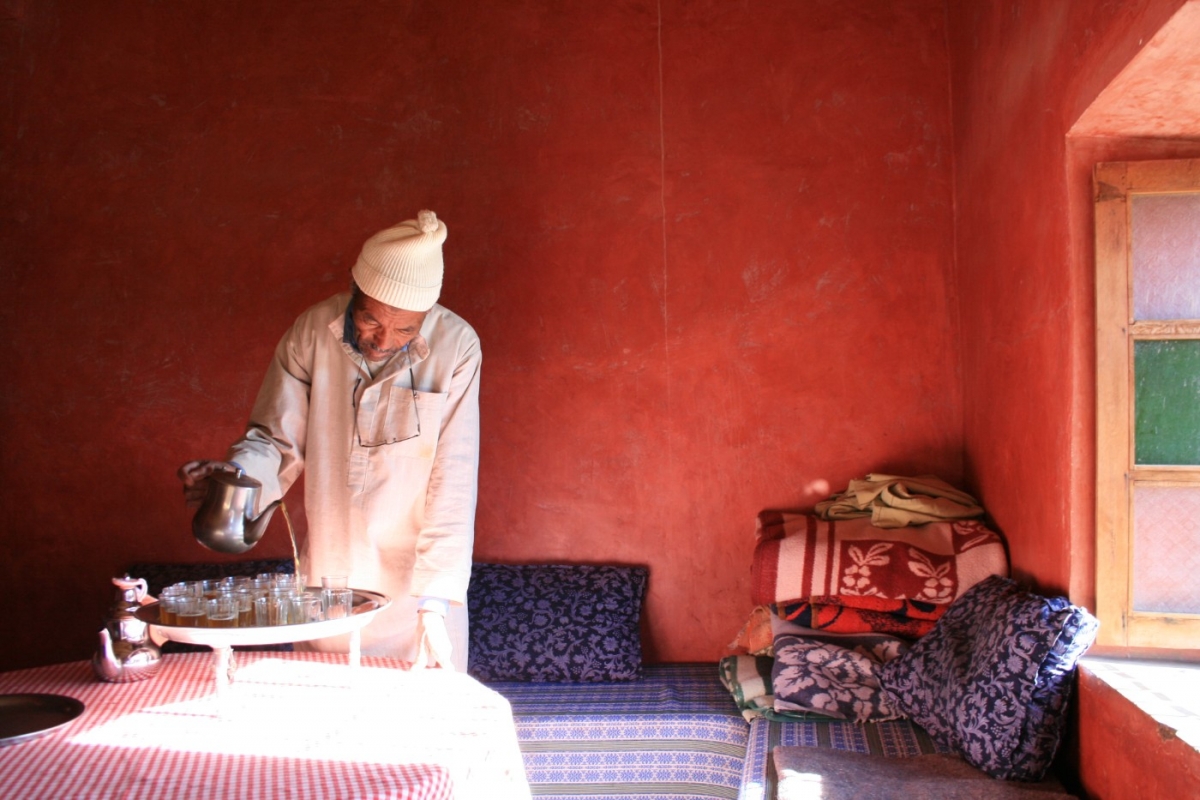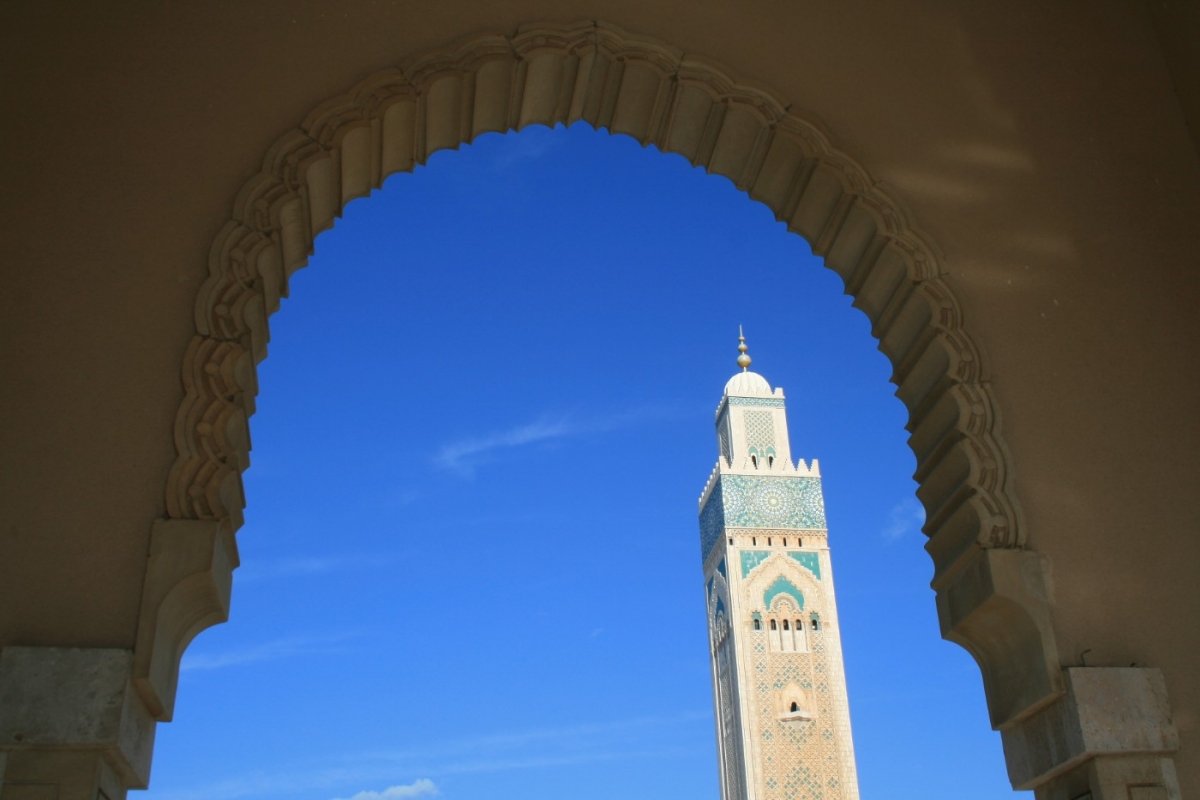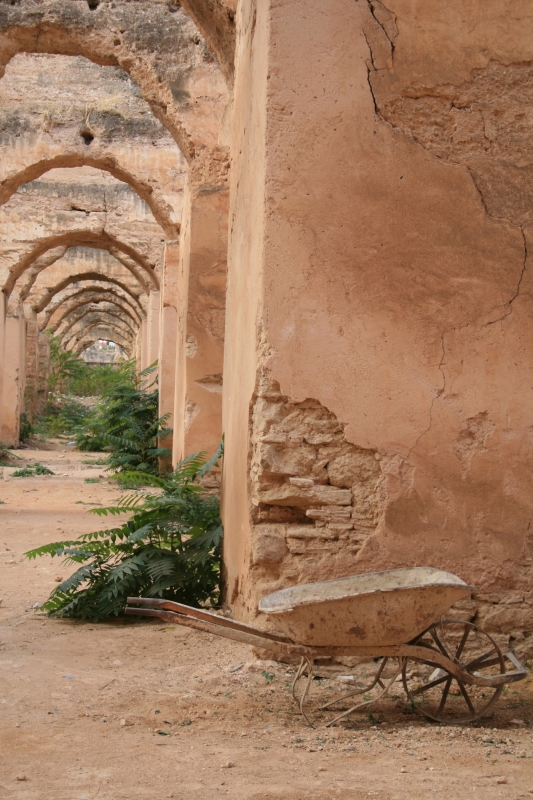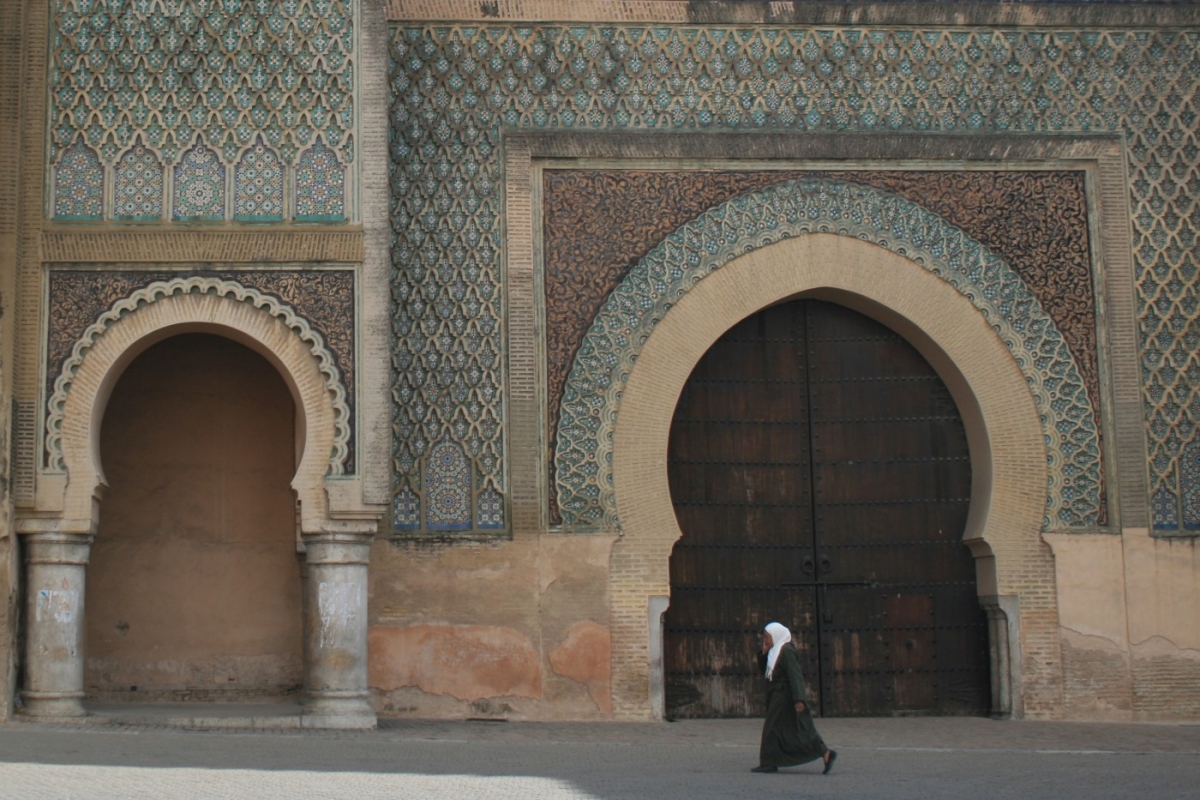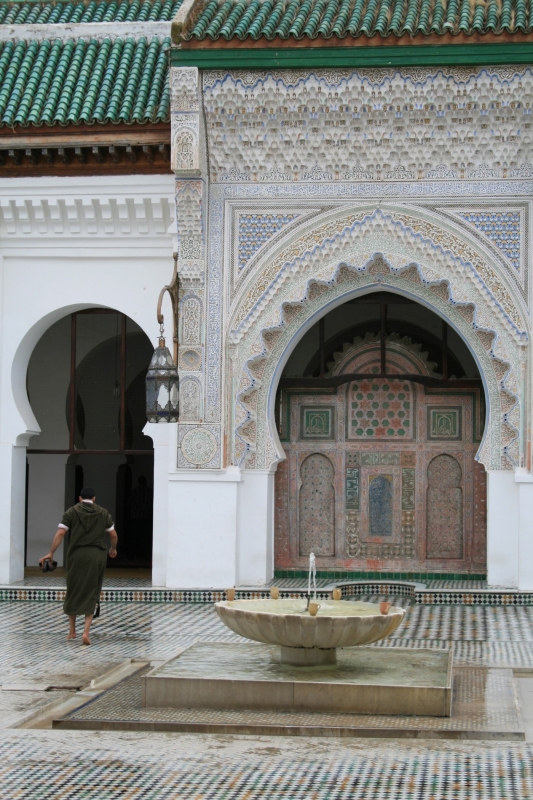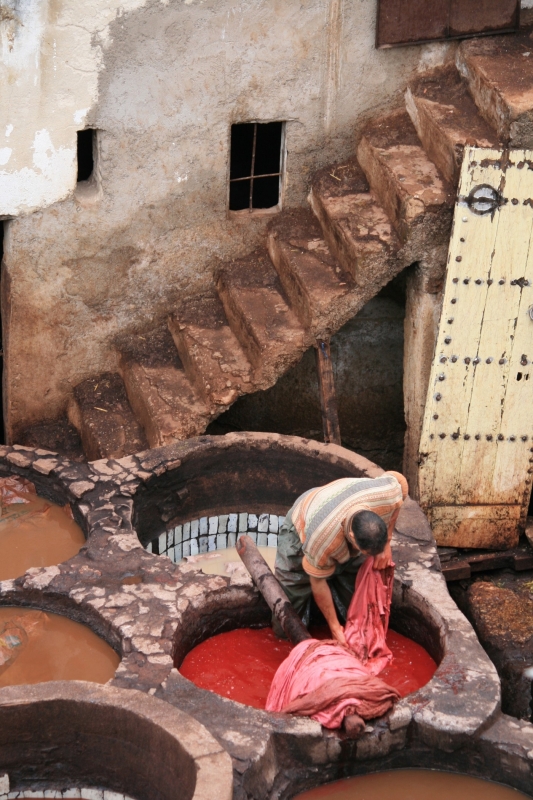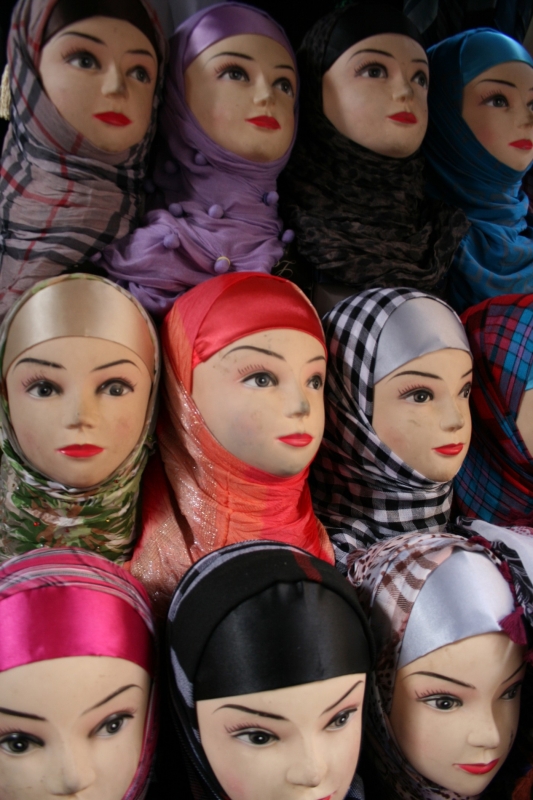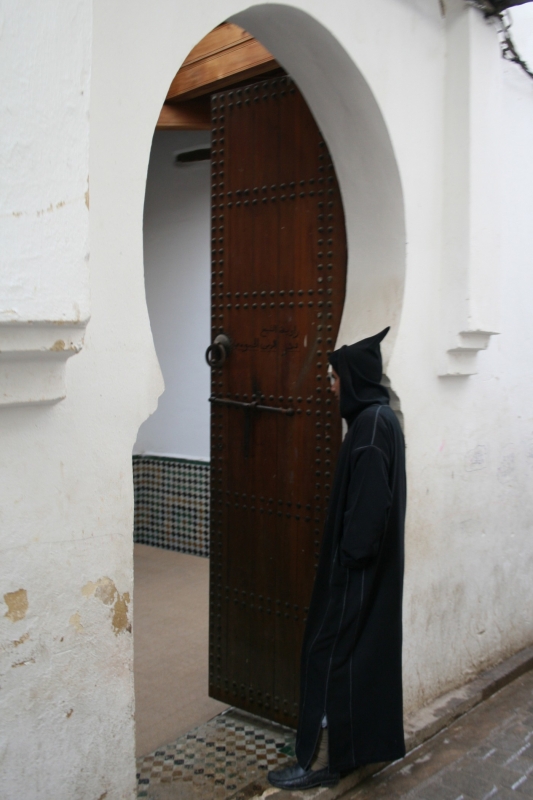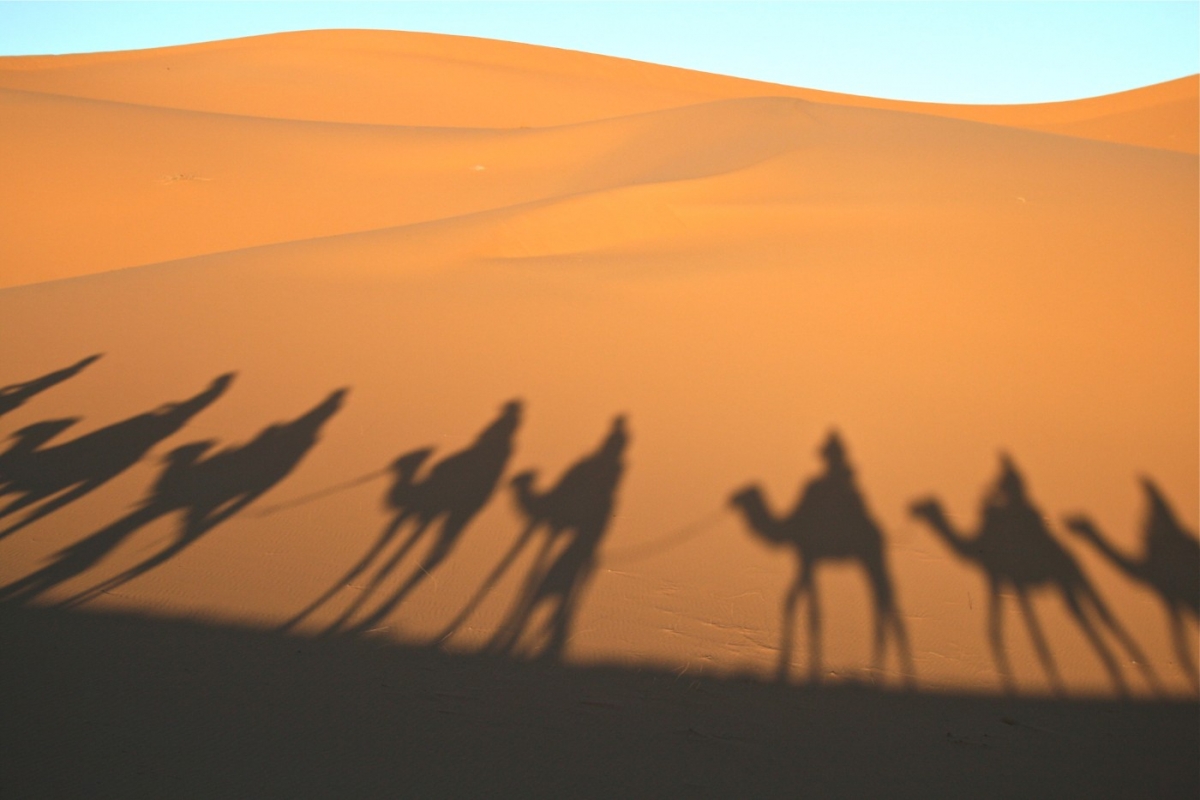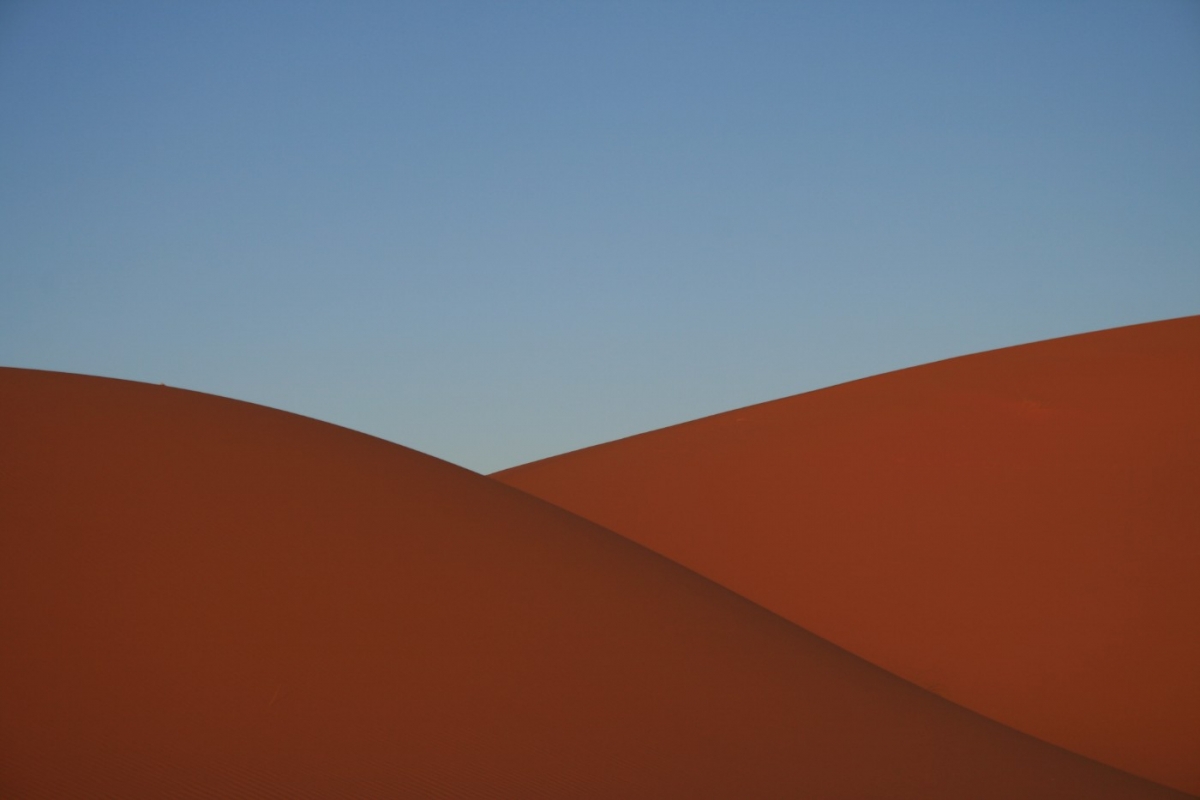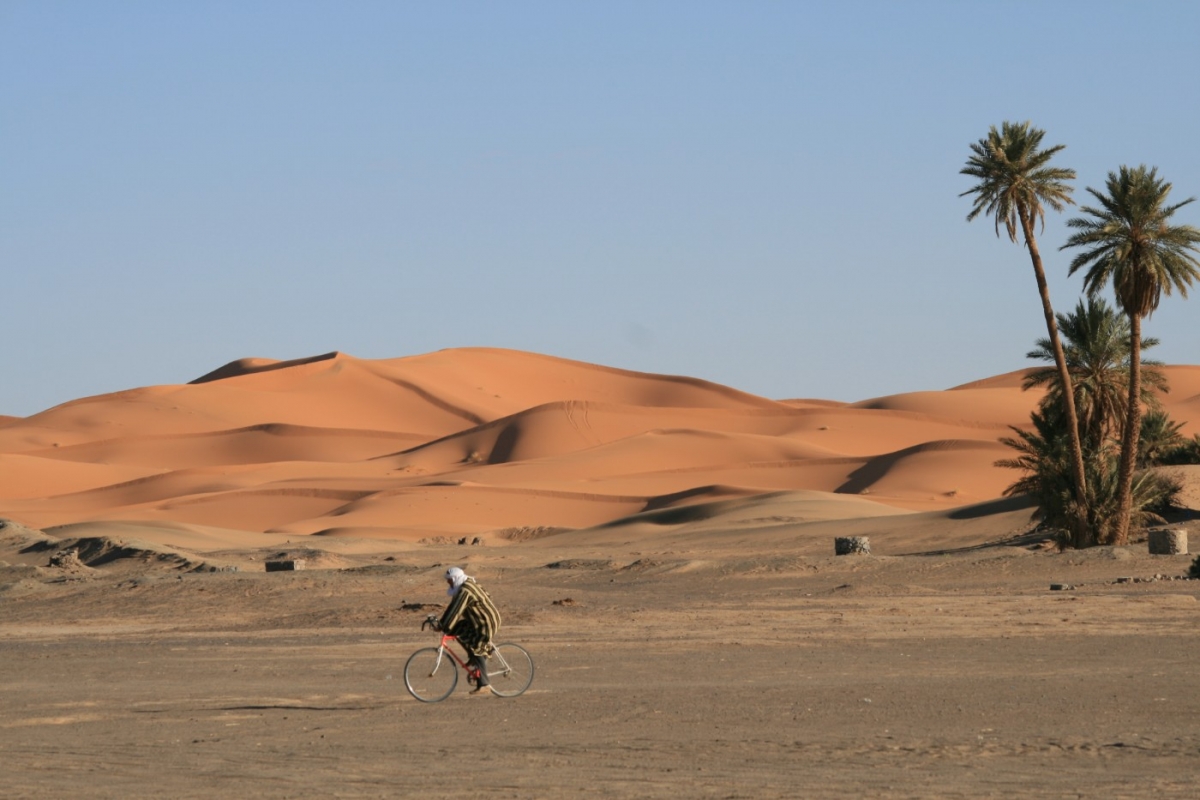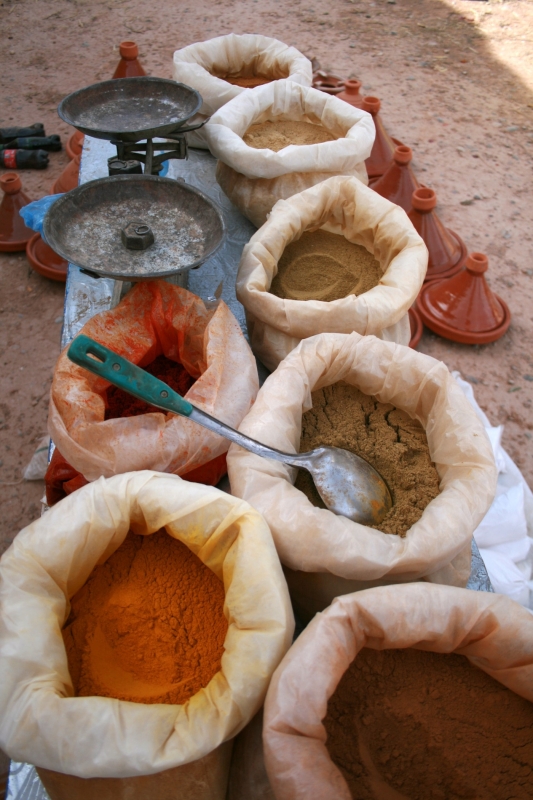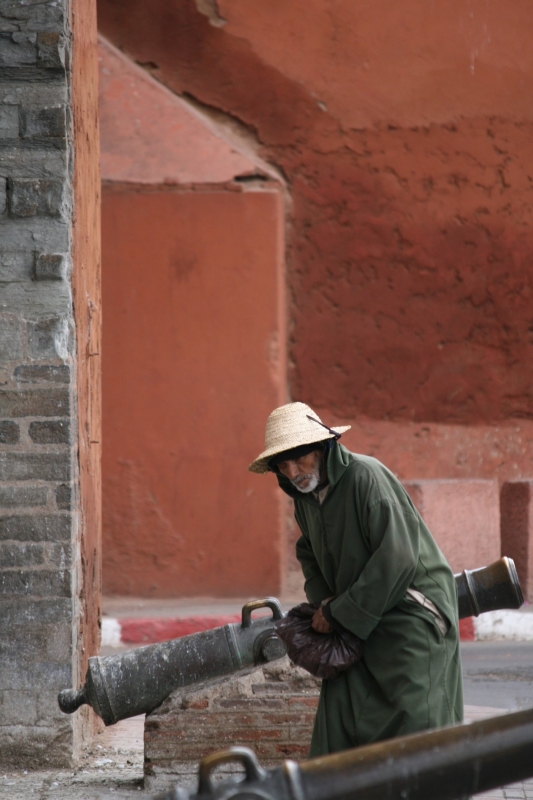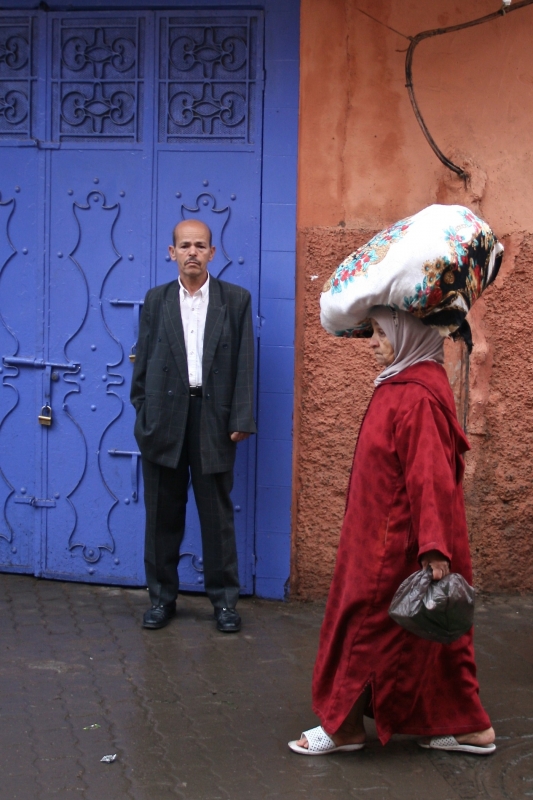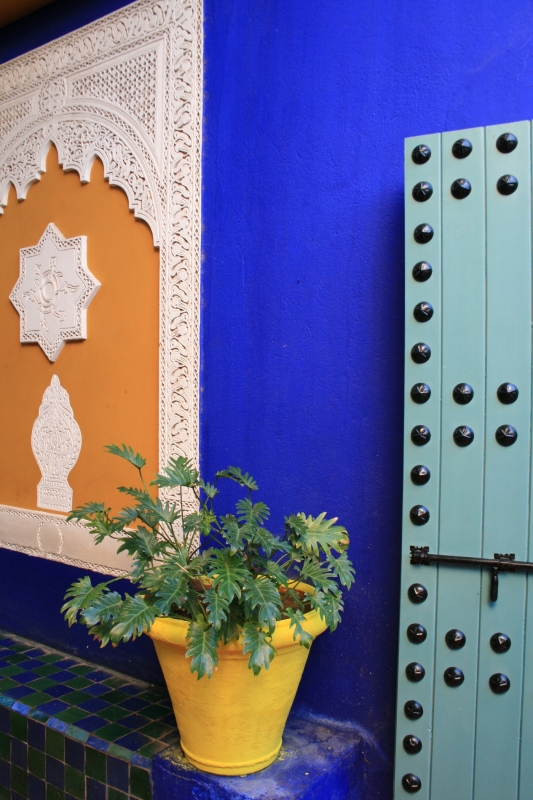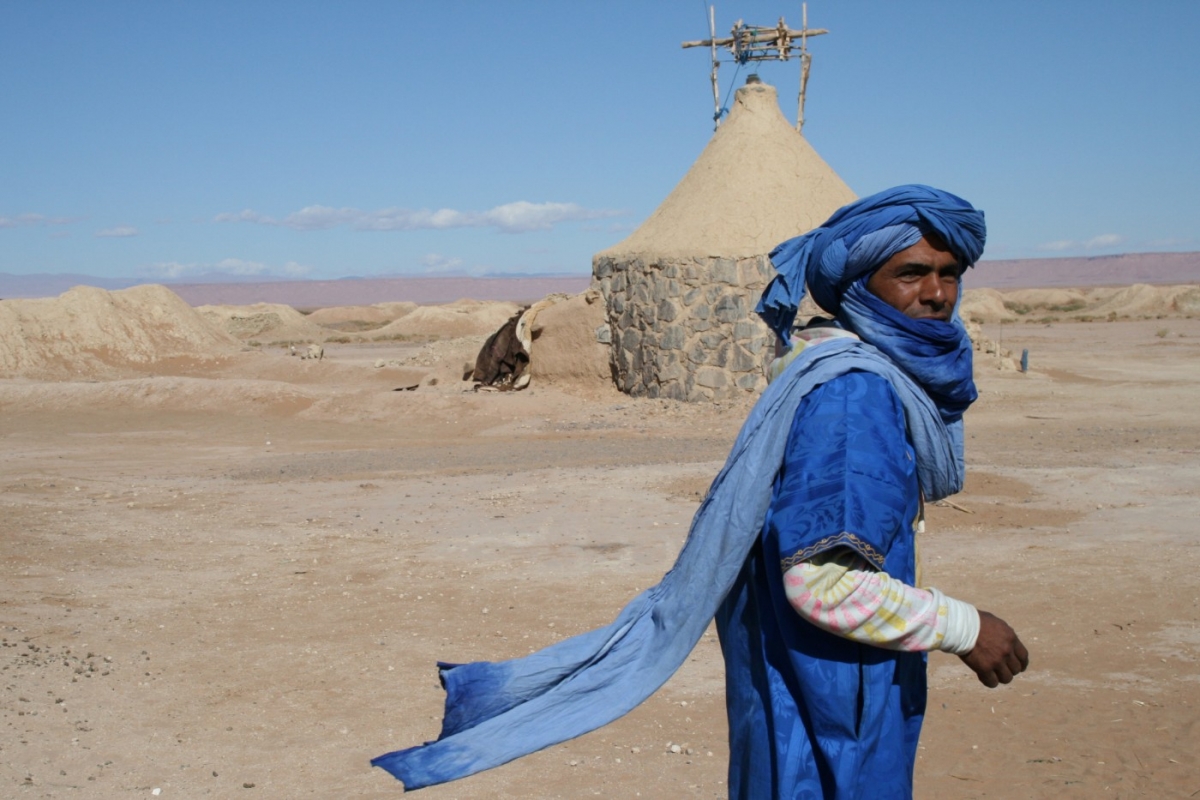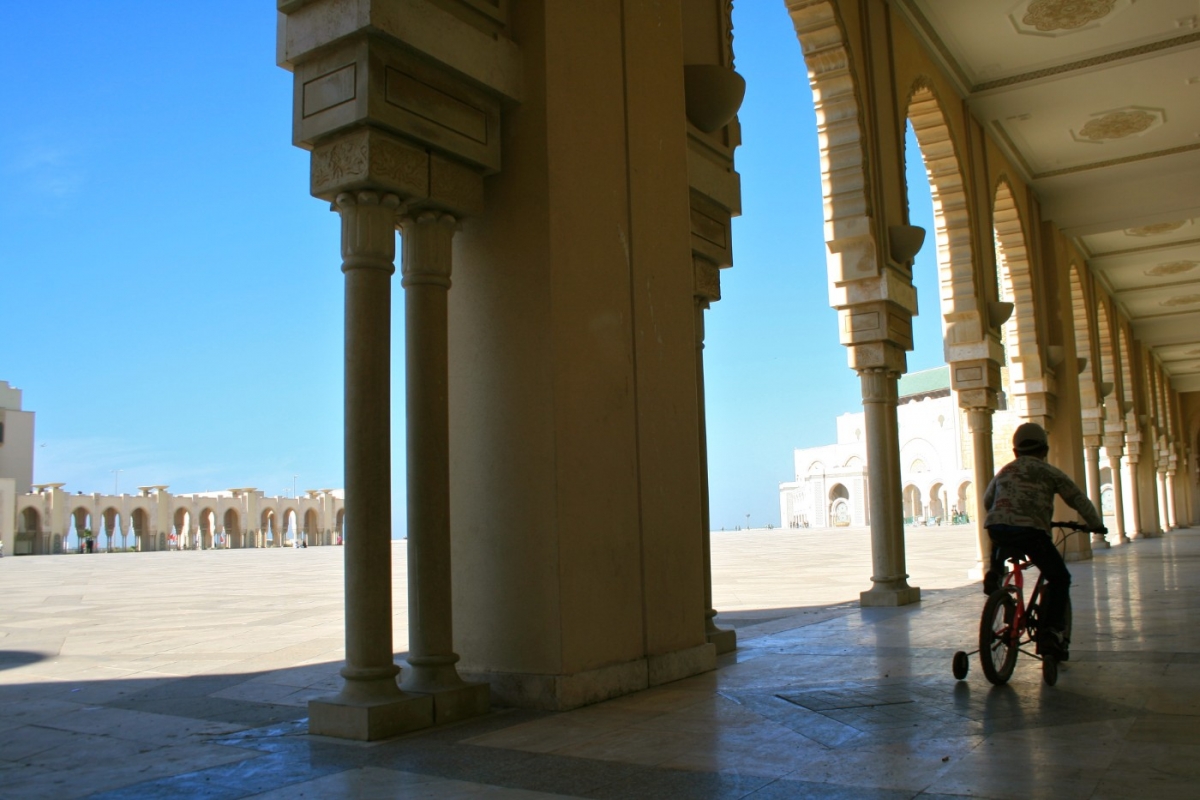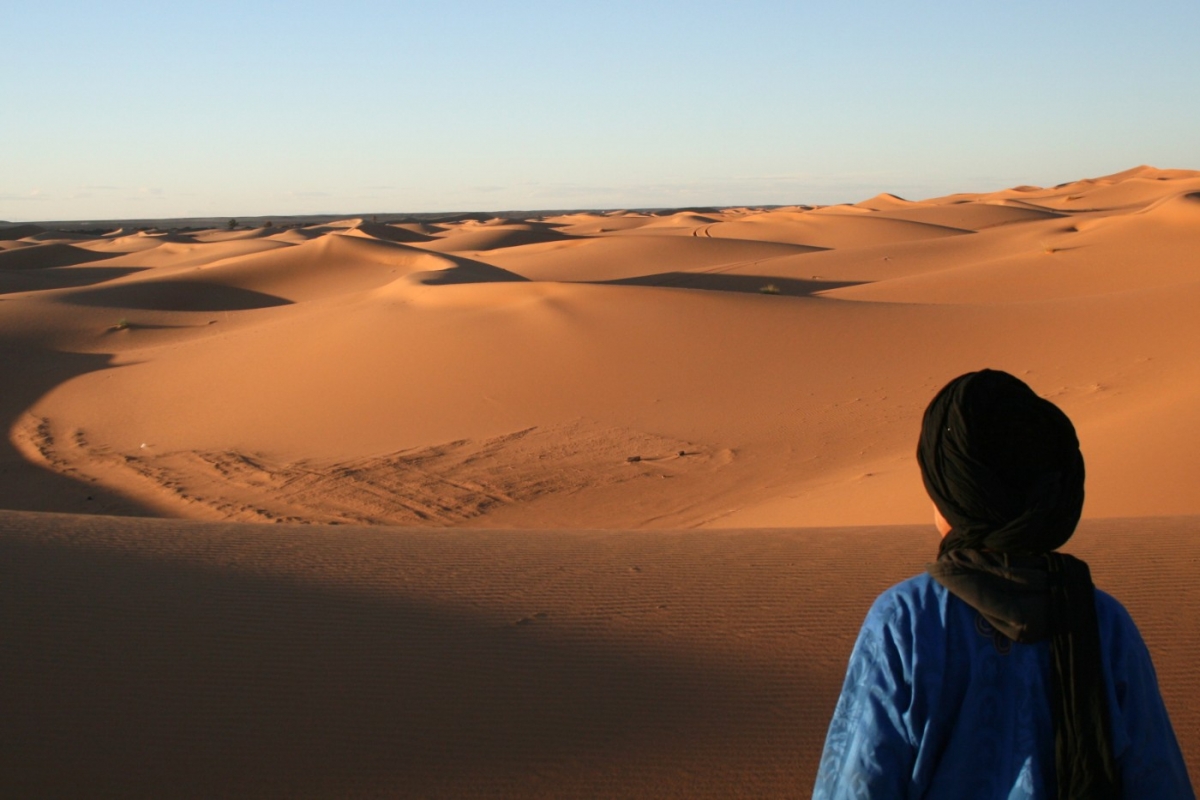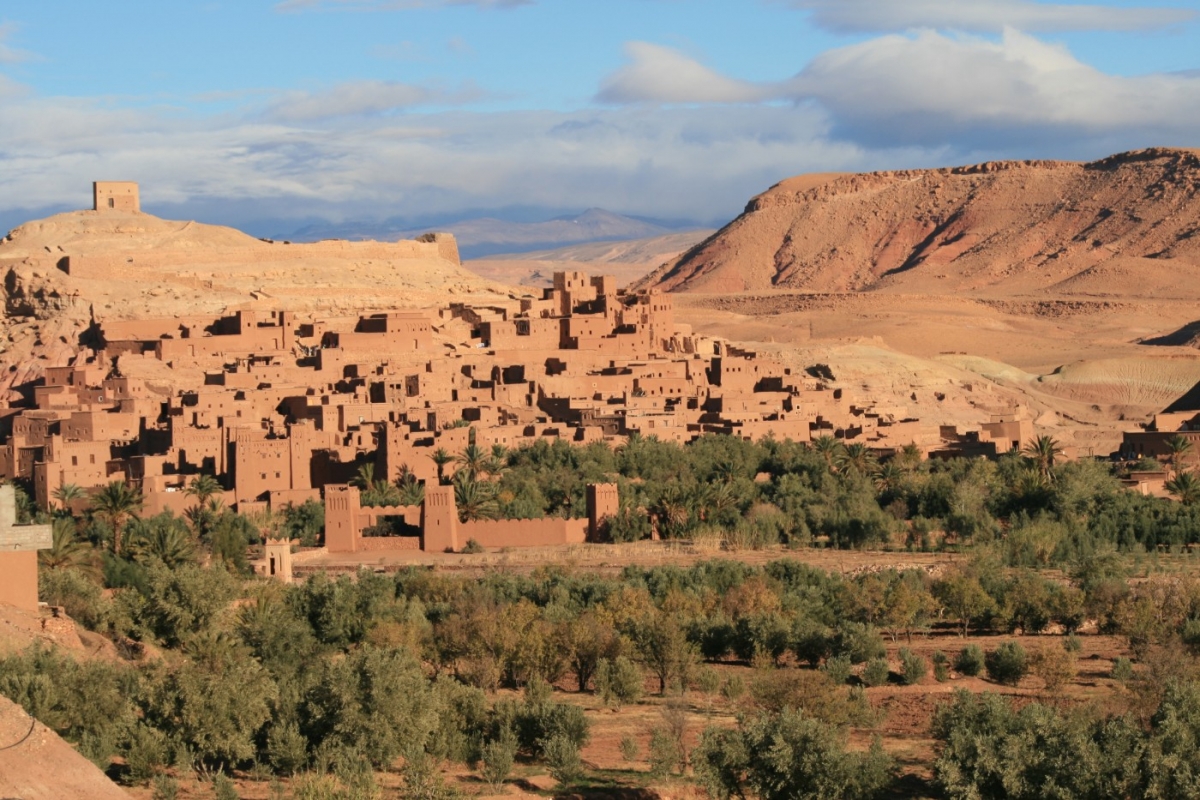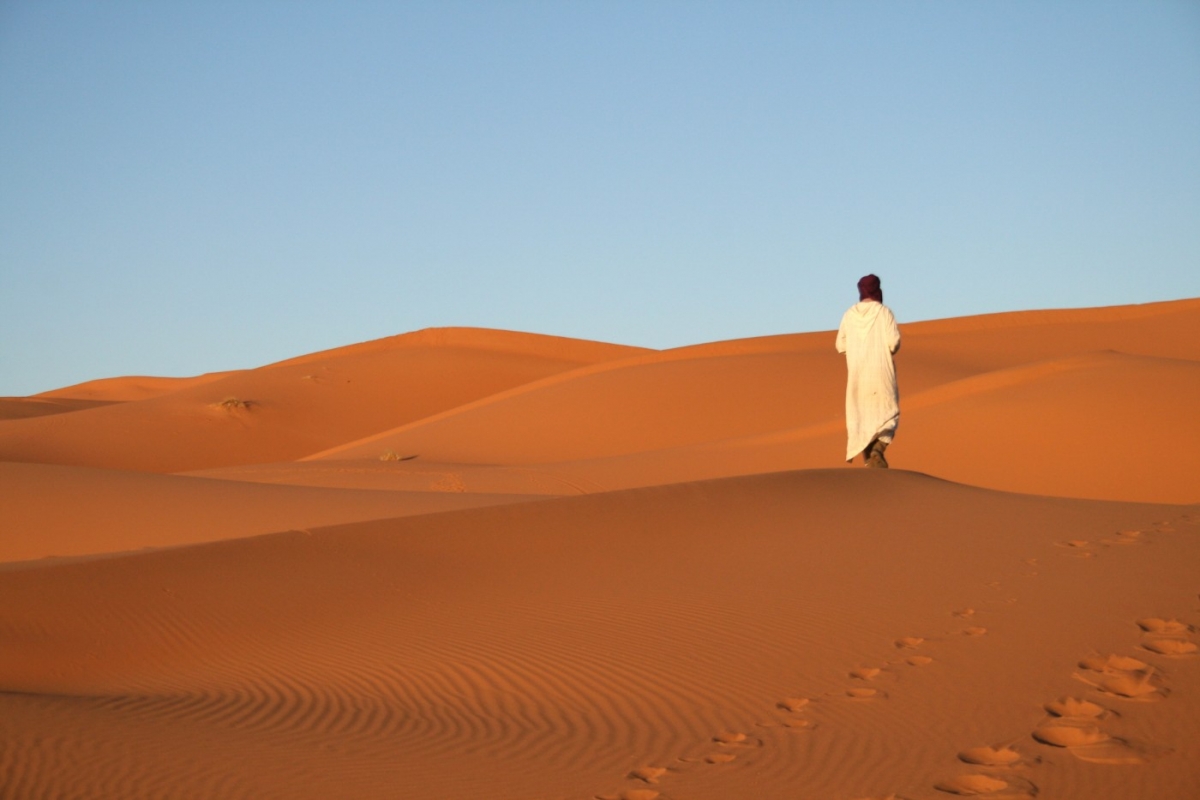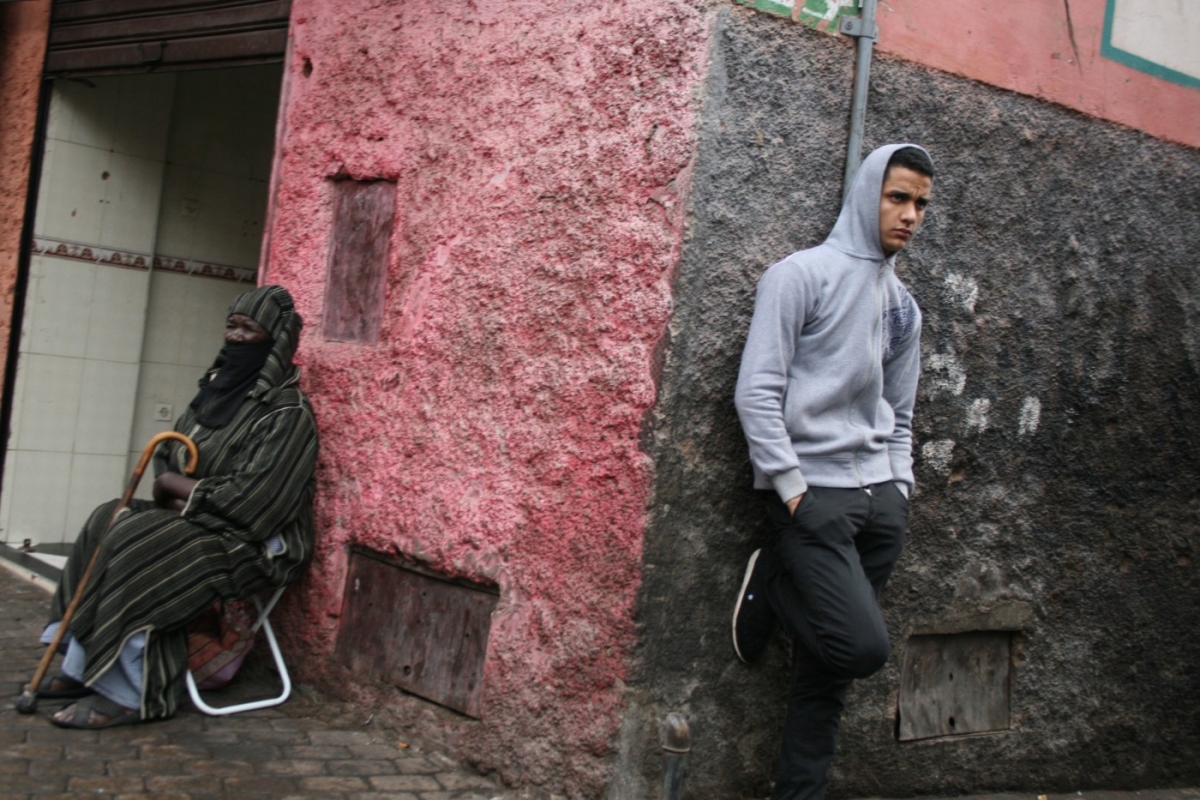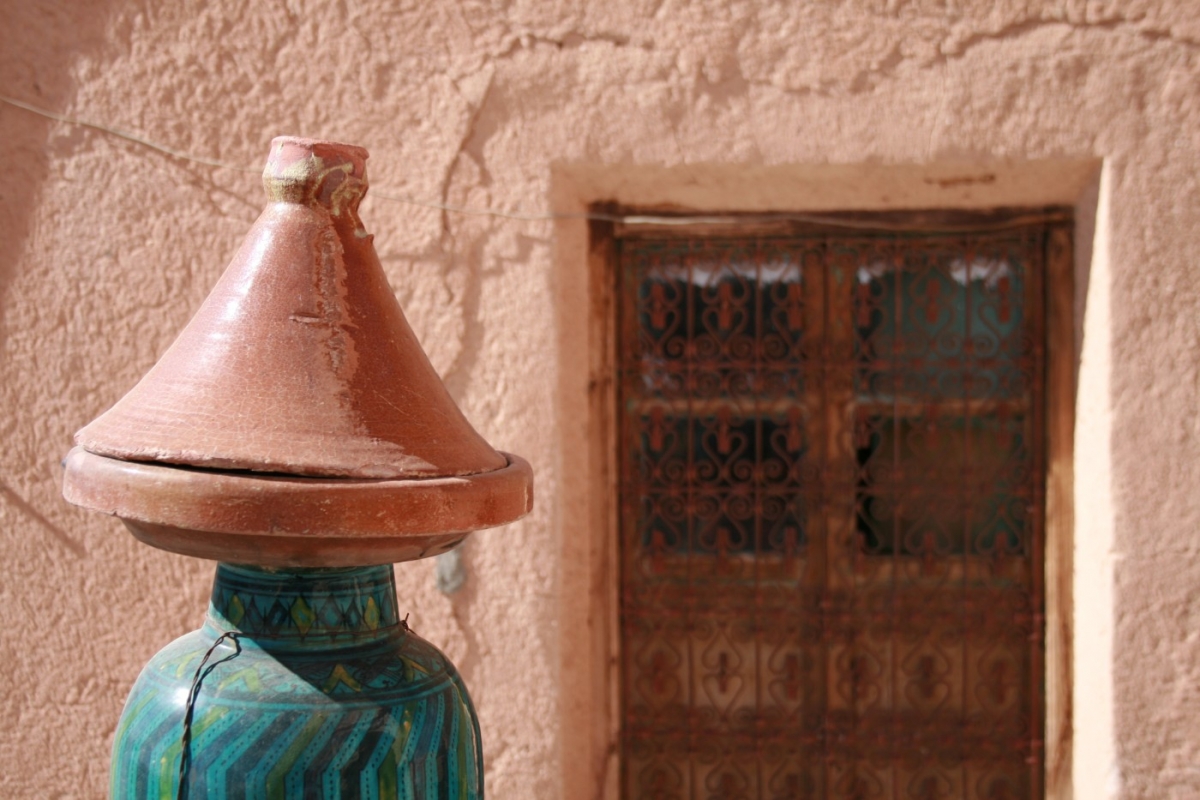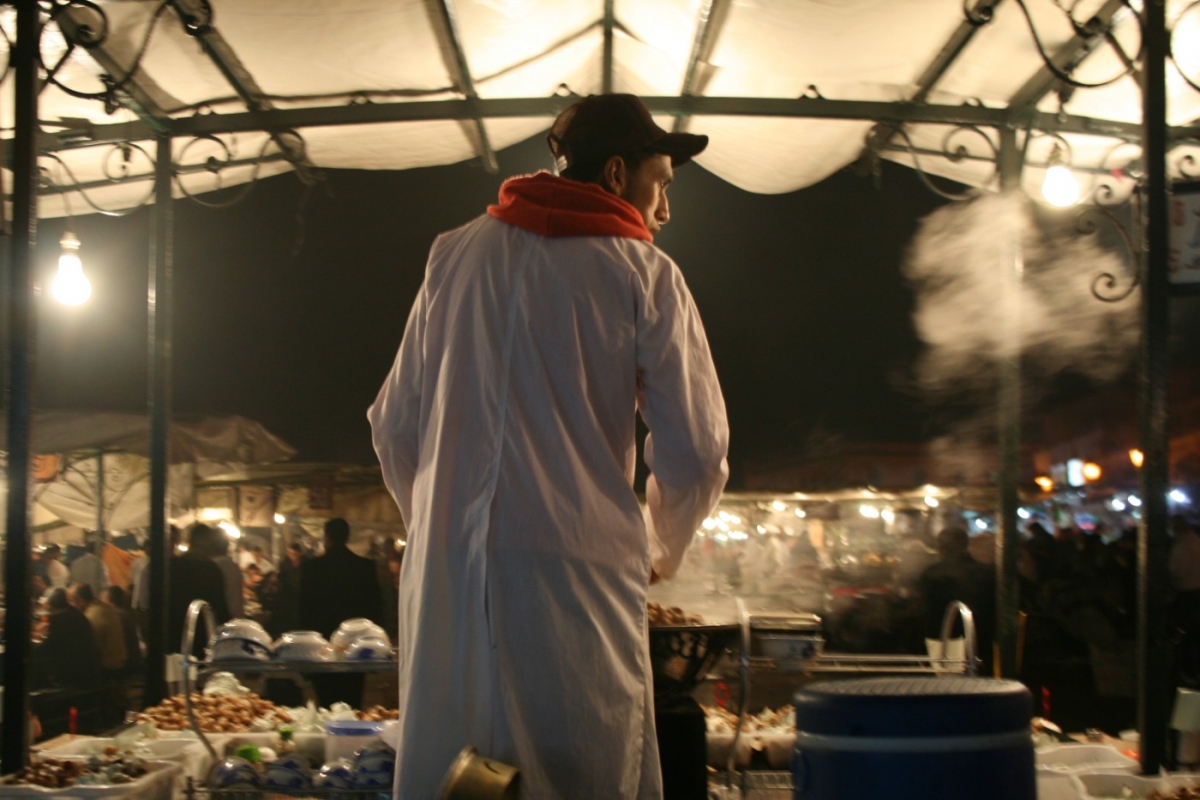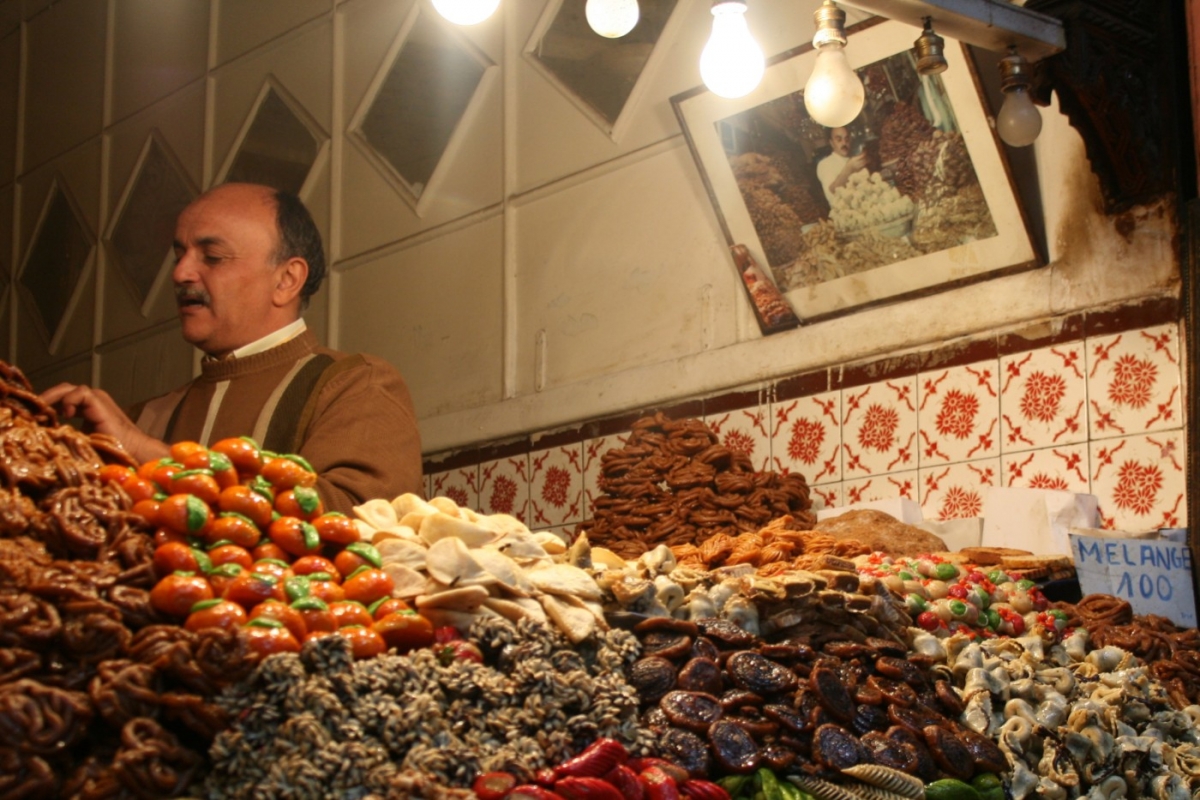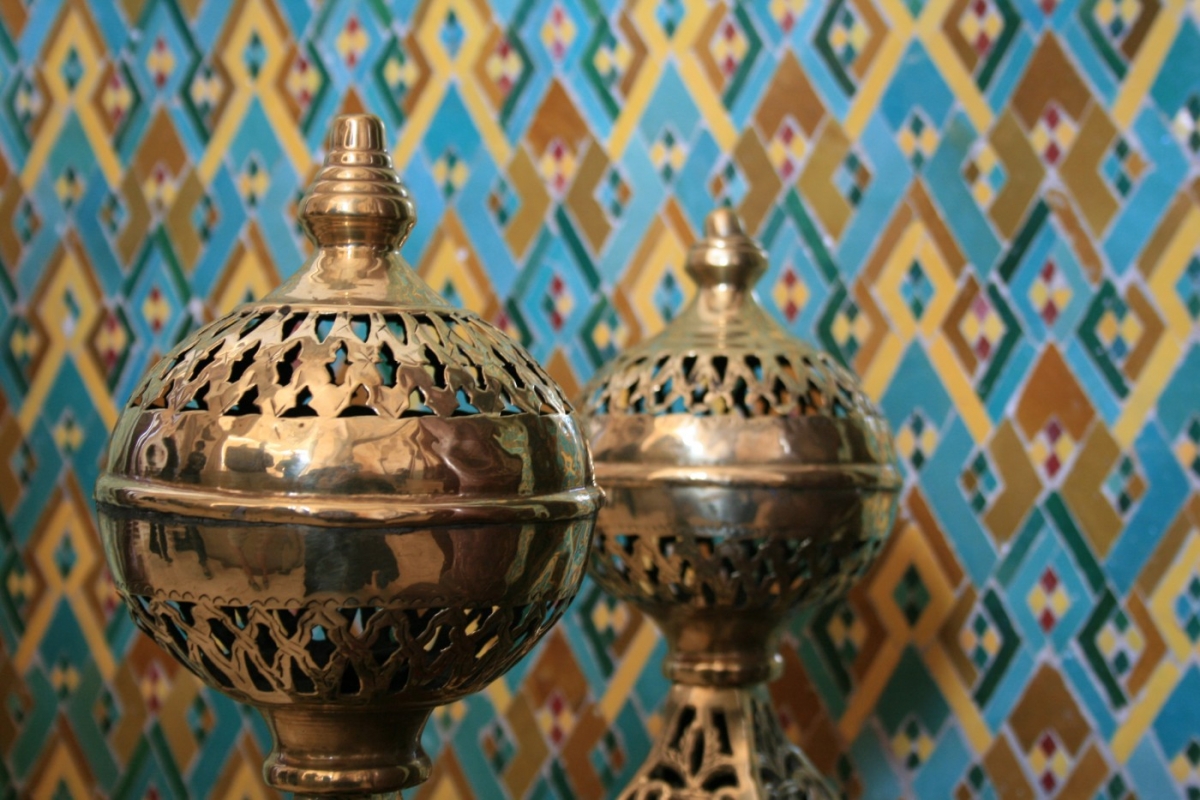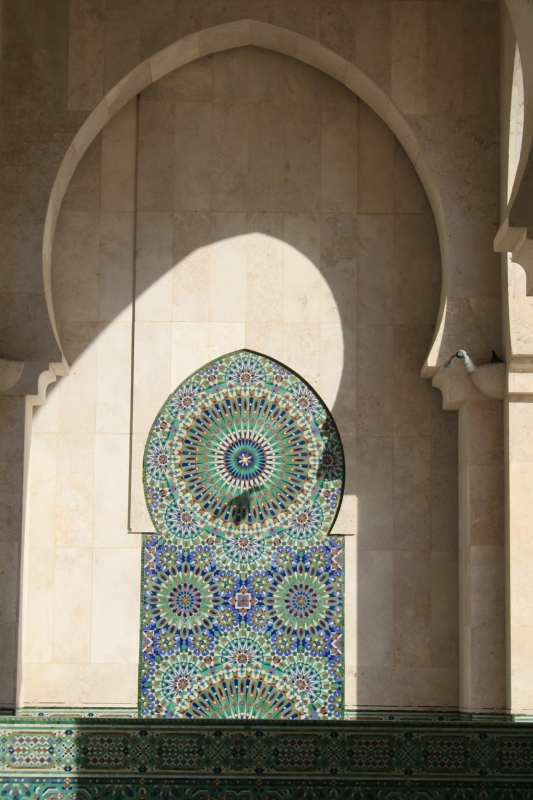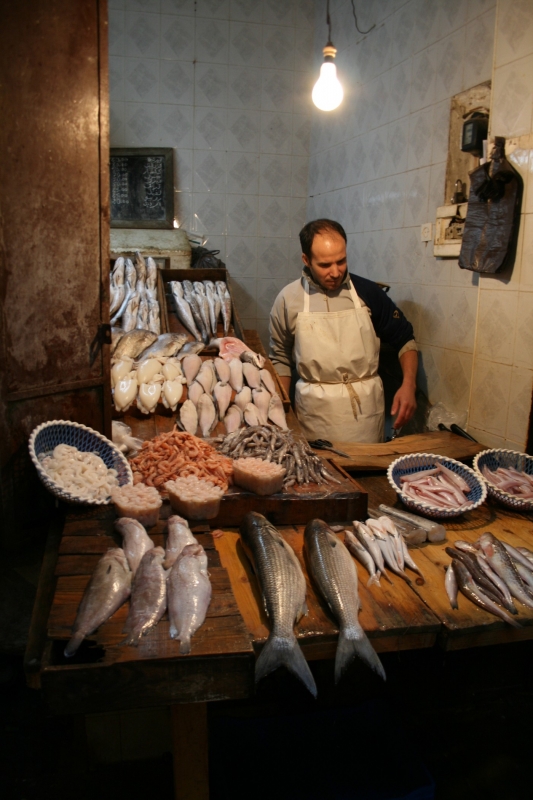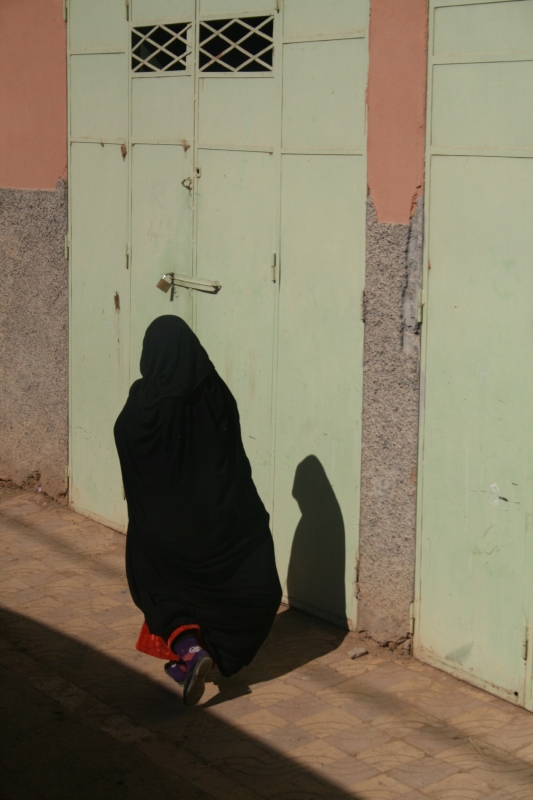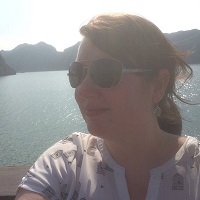∞Originally published in the Vancouver Sun February 8, 2014.∞
It’s nearly dusk on the dunes and the setting sun is casting long shadows on the sand, stretching camel legs into spindles as they trek through a seemingly endless expanse of desert. Our caravan is heading into Morocco’s Erg Chebbi dunes — a windswept Saharan sand sea of swells that span over 100 square kilometres near the border with Algeria. As the camels sway through sweeping views of rose-gold knolls rippling to the horizon, we’re lulled into a peaceful serenity. It’s a perfect pastoral scene, the kind of impossible image conjured by guidebooks — that is, until you look closely.
Up ahead, our Berber guide, dressed in a long white djellaba and oxblood shesh whips out a smartphone. Jarringly, he begins to take cellphone snaps of the scene: a line of camels led by local teens who pair their traditional robes and turbans with skinny jeans and sneakers.
Morocco, already one of the most open Muslim countries, is a rapidly modernizing society.
To visitors, it appears a country of contrasts: a nation balancing tradition with new technology, modernity and mystique.
The current ruler, Mohammed VI, launched a series of family law reforms in the past decade, granting women the right to divorce and inherit and raising the legal age of marriage. Constitutional reforms have limited the power of the monarchy and the government has taken measures to open the economy.
As a result, in cosmopolitan Casablanca, female joggers in shorts and tank-tops now share the streets with women fully veiled in abayas and niqabs. Desert hotels in Merzouga so remote that they give directions via GPS now offer Wi-Fi in rooms. Elderly seers in Marrakech’s famed Djemaa el Fna square take breaks from telling fortunes to answer their cellphones.
But no one is making phone calls here at the edge of the Sahara — there’s not much in the way of reception. As the sun flares over the sandscape, the only sounds are the camels grunting, eager for dinner. Back at the Hotel Nasser Palace in the Erg Chebbi outpost of Mer- zouga, we’re also treated to a Moroccan feast. Musicians gather before a glow- ing wood fire in a hall hung with tap- estries and perform gnawa music on skin drums and qraqeb cymbals. We sip glasses of sweet mint tea, followed by spiced olives and rounds of rustic har- sha bread, hearty harira soup, platters of zaalouk and chakchuka salads and mounds of couscous. When we emerge into the courtyard, the sky is a carpet of stars.
A desert sojourn is one of the high- lights for travellers to this North African kingdom of more than 32 million, but far from the only one. A simple circuit of the country combines the best of rural and modern Morocco.
Many visitors begin in Casablanca, the economic capital of the country, famed for its $800-million Hassan II mosque which boasts the tallest minaret in the world and can house 25,000 faithful inside its ornate halls. The mosque is a must-see — it’s the only one non-Muslims can enter in Morocco. Others flock to this European-style city for sophisticated shopping and dining, art-deco architecture or to re- live the magic of the movie Casablanca with a drink at Rick’s Cafe.
Further inland, the charming royal cities of Meknes and Fez offer a look back in history with visits to the 17th century granaries, stables and tombs of Moulay Ismail in Meknes and the nearby Roman ruins of Volubilis, dating back to the 3rd century B.C. In Fez, we watch artisans fashion intricate mosaics in a craft co-op before getting lost in the city’s ancient med- ina, squeezing through shoulder-width streets and exploring souks where men toil in tanneries or pound out copper pots much like their ancestors. I’m travelling Morocco with G Adventures, a Canadian company that operates in over 100 countries. Its specialty is providing exotic experiences for travellers who fall somewhere between mainstream tourist and backpacker, those searching for “the freedom of independent travel with the security of a group.” As a solo female traveller on a first foray to a Muslim country with only phrase-book knowledge of Arabic, I welcomed the safeguard. Similarly, 65 per cent of the company’s clientele are women eager for adventure but aware of their safety.
One of the challenging things about Morocco is that so much of its charm is concealed from outsiders, much like the plain exterior of a riad belies the beauty within. At every turn, our local guide, Yacine Elbaraka, opened doors. With his help, we got off the tourist path to meet real Moroccans: tasting fresh-pressed golden olive oil with Meknes farmers harvesting groves, drinking mint tea in the home of one of the few residents left living in the historic Ait Benhaddou ksar, and getting scrubbed pink in the company of locals at a humble hammam in Tinghir.
After our jaunt into the desert, we head west toward Marrakech along the road of a thousand kasbahs, with its stunning valley vistas and red-walled fortresses perched amid green palm oases. Near Tinghir, we explore the 160-metre high canyon of Todra Gorge and the Palmeraie oasis, with its lush stands of palms, bamboo, olive and fig trees. Near Ouarzazate, a scenic town and backdrop for films from Laurence of Arabia to Prince of Persia, we bargain in craft markets and admire the workmanship of the city’s 300-room Taourirt Kasbah before climbing the ramparts of Ait Benhaddou outside town for magnificent views.
Reaching Marrakech from here requires a sometimes heart-pounding drive along the cliffs of the High Atlas Mountains, and upon arrival in the cultural capital, the excitement only intensifies. The city has many enchantments,
from the verdant Jardin Marjorelle gardens and rich arabesques of Bahia Palace to the trendy shops of Gueliz and hip nightlife in the Hivernage. But the true heart of the city is the UNESCO-designated cultural space Djemaa el Fna — a massive city square turned street fair rimmed with the labyrinthine souks of the sprawling medina and packed rooftop cafes. By day, craft sellers and snack vendors hawking their wares are joined by henna-artists and snake charmers, charlatans and seers, set amid streams of tourists. By evening, a hundred food stalls move in and transform the plaza into a vast, open-air restaurant while gnawa musicians and traditional storytellers entertain revellers.
It’s the perfect place to slip into a seat with a fresh glass of mint tea to contemplate the rich complexity of this country, as the mystic and modern threads of Morocco intertwine in real time.

I’m a different kind of travel writer. I craft long-form, cover-worthy feature-length travel articles with style and substance. I tell travellers not just what to do, but why. Find out how to work with me.
